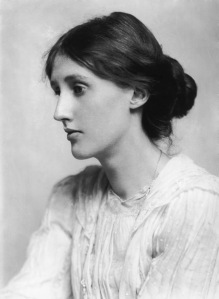When thinking of the history of American education, few think that its progress is due to the efforts of women. Whether we think of Oliver Brown v. Board of Education or Homer A. Plessey v. John H. Ferguson, rarely are women ever given credit for the role that they have played in American education. Virginia Woolf for example, was just one of many women who sought to improve the quality of life for women as well as men. By writing novels, speaking regularly at colleges and universities, penning intense letters, writing heart-rending essays, and self-publishing an extended list of short stories, Woolf has educated countless individuals, calling attention to profound social issues such as feminism, women’s equality with men in marriage, and women’s access to learned professions. Unfortunately, Woolf’s work in educating and improving the quality of life for men and women isn’t the only work that often goes unnoticed. Others, such as, Maria Montessori, Mary McLeod Bethune, Helen Parkhurst, and Jane Addams, have all given significant contributions to American education and the quality of life for all. This blog has been published to not only call attention to the contributions that these four women have made, but to also connect these contributions to those of Virginia Woolf during her lifetime (1882-1952). Enjoy!
What Were the Issues?
As of the early 1800’s, few educational institutions of any kind existed for women. Girls who were fortunate enough, were taught elementary subjects by relatives at home, and wealthier girls attending finishing schools to learn “social graces.”
First high school for girls isn’t created until 1825 in Boston.
In 1896, Supreme Court establishes “separate but equal” doctrine, facilities separated by race of equal quality does not violate the equal protection clause of the Fourteenth Amendment. (Plessy v. Ferguson)
At the turn of the 19th century, a wave of immigration brought many thousands of poor to Chicago’s West side. Forced to work in factories, men, women, and children alike were forced to work in factories for extended hours in unhealthy and unsafe surroundings.
Traditional schools in the 1920’s, were designed to produce workers for industrial needs. Few young people went to college or to follow professional careers, most entered the workforce as hands in the factory.

